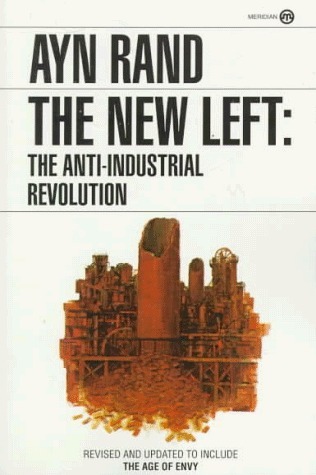
Rules for Radicals: A Pragmatic Primer for Realistic Radicals
Book Description
Power dynamics shift like shadows, and in the battle for social justice, every strategy counts. "Rules for Radicals" dives deep into the art of community organizing, blending cunning tactics with unyielding passion for change. Alinsky arms the disillusioned with pragmatic approaches, revealing the unvarnished truths behind activism. With compelling anecdotes and a no-nonsense attitude, he ignites a fire in the hearts of those ready to challenge the status quo. Will those daring enough to wield these rules become the architects of a new reality, or will they succumb to the very systems they seek to overthrow?
Quick Book Summary
"Rules for Radicals" by Saul D. Alinsky is a foundational guide for activists seeking to create meaningful change within society’s power structures. Drawing on decades of organizing experience, Alinsky presents a pragmatic framework for challenging entrenched authority and mobilizing communities. Rather than relying on ideology or idealism, he emphasizes the necessity of effective tactics, adaptability, and moral flexibility in pursuing social justice. Through a combination of theoretical insights and real-world stories, Alinsky demystifies the dynamics of power and offers a toolkit of strategies for grassroots activists. His rules stress the importance of understanding one’s adversaries, harnessing community energy, and using creative disruption to shift the balance. As a call to realistic and strategic activism, the book remains influential for those discontent with the status quo and eager to ignite lasting transformation.
Summary of Key Ideas
Table of Contents
Understanding and Leveraging Power Dynamics
Alinsky begins by confronting readers with the reality that all meaningful change is rooted in an understanding of power. Change does not occur in a vacuum but through deliberate confrontation between organized interests. The powerful maintain their dominance not just through resources, but through perceptions—those seeking to challenge them must first comprehend how power operates in their communities. Alinsky argues that movements succeed when they leverage existing grievances and convert them into organized, directed action.
Practical Strategies for Grassroots Organizing
Building on his conception of power, Alinsky provides a suite of practical strategies for activists to engage ordinary people and confront institutions. He stresses the importance of local, small-scale actions as building blocks for broader movements. Effective organizers must identify key issues that resonate with people’s real-life frustrations, transforming personal discontent into collective momentum. Through careful planning, coalition-building, and incremental victories, activists gather strength and legitimacy.
Psychological Principles of Engagement and Mobilization
Psychology, according to Alinsky, is central to organizing. He delves into the motivations that inspire individuals to join collective causes, highlighting the role of self-interest, identity, and belonging. Alinsky asserts that an effective organizer understands the hopes and fears of both allies and adversaries. This empathetic approach allows activists to frame issues in ways that mobilize supporters and disarm opposition, employing humor, symbolism, and storytelling to unify and energize movements.
Morality, Ethics, and Adaptability in Activism
Acknowledging the moral ambiguities of activism, Alinsky argues that pursuing social justice often requires operating in ethical gray areas. He challenges the notion that activism must always be pure or idealistic, suggesting instead that adaptability and flexibility are crucial. For Alinsky, the ends may sometimes justify the means, provided the ultimate goal is liberation and greater equity. The ethical choices organizers face are complex, and clarity of purpose is essential to navigate these dilemmas.
Creative Disruption and Tactical Innovation
Finally, Alinsky champions creative disruption as a key tactic for outmaneuvering more powerful opponents. He encourages activists to innovate, using unexpected and humorous methods to attract attention, confuse adversaries, and energize supporters. By refusing to follow predictable scripts, organizers can retain the initiative, forcing the opposition to react rather than dictate the terms of conflict. Alinsky’s rules are not prescriptive, but adaptive—intended to inspire ongoing experimentation as activists work to transform society.
Download This Summary
Get a free PDF of this summary instantly — no email required.





